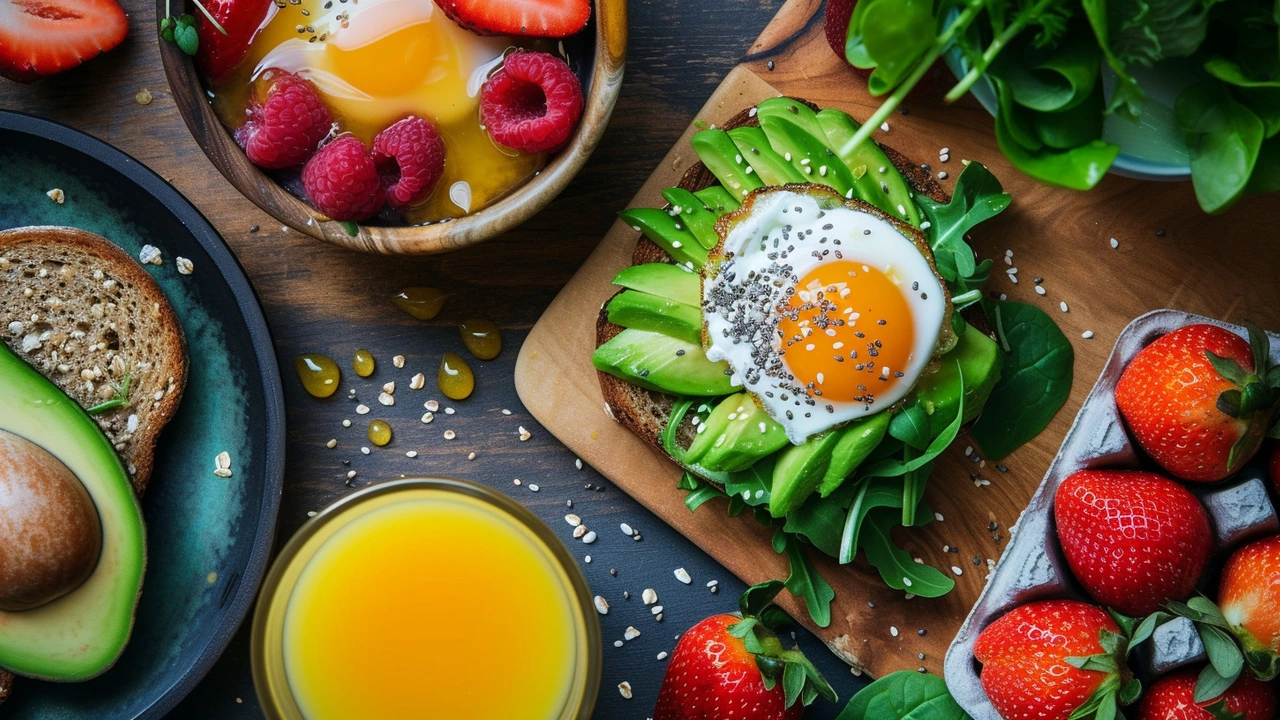Balanced Diet for Dogs: Simple Rules Every Owner Should Follow
Want your dog to have more energy, a shinier coat, and fewer vet bills? The food you give matters more than toys or supplements. A balanced diet gives the right mix of protein, fats, carbs, vitamins, and minerals so your dog can stay active and healthy at every age.
What a balanced dog meal looks like
Start with a diet labeled “complete and balanced” by AAFCO — that means it meets minimum nutrient standards for life stage. Think of meals like this: high-quality animal protein as the main ingredient, healthy fats (including omega-3s), digestible carbs and fiber for bowel health, plus the right calcium and phosphorus for bones. If a bag of food lists a named meat first (chicken, beef, salmon) and shows a guaranteed analysis, you’re on the right track.
Protein builds muscle and repairs tissue. Fats are energy and support skin and brain health — omega-3s from fish oil help joints and coat shine. Carbs and fiber give slow energy and keep digestion regular. Vitamins and minerals fill in tiny but vital needs your dog can't make on their own.
Practical rules you can use today
1) Match food to life stage and activity: puppies, pregnant dogs, seniors and working dogs have different needs. Check the package or ask your vet for a recommendation. 2) Avoid risky human foods: never feed chocolate, grapes, raisins, onions, garlic, macadamia nuts, or anything with xylitol. These can be toxic. 3) Make changes slowly: move to a new food over 7–10 days to avoid stomach upset. Mix increasing amounts of the new food with the old each day until fully switched.
4) Limit treats: treats should be under 10% of daily calories. Use small training bites or healthy options like plain cooked chicken or carrot sticks. 5) If you cook at home or try raw diets, work with a veterinary nutritionist. Homemade meals often miss calcium, phosphorus, or essential micronutrients unless carefully planned.
6) Watch weight and body shape: you should feel ribs under a light fat cover and see a clear waist from above. If your dog gains or loses weight unexpectedly, talk to your vet. 7) Add omega-3s when needed: a small fish oil supplement can help coats and joints — ask your vet for dosage by weight.
Feeding is simple when you keep these actions in mind: choose complete foods, avoid toxic items, control treats, transition slowly, and check weight regularly. Small, consistent changes to meals and portioning pay off fast in energy, mood, and long-term health.
If you’re unsure where to start, take a photo of your dog’s food label and ask your vet. A quick label check can save months of trial and error and help your dog live a healthier, happier life.

Healthy Breakfast: The Secret to Improved Concentration and Productivity
Hi there! On this page, we will explore the intricate relationship between a healthy breakfast and an increase in concentration and productivity. We will delve into what constitutes a balanced breakfast and how it impacts our mental faculties. Discover how the first meal of the day could be the secret to boosting your performance at work and keeping your mind sharp. Stay tuned for practical tips on what to include in your morning meal for the best results!

The Science Behind Eating a Healthy Breakfast
Ever wondered why breakfast is often dubbed as the most important meal of the day? As a health-conscious woman, I took it upon myself to delve into the science behind eating a healthy breakfast. I found it fascinating how the first meal of the day can significantly impact our metabolism, energy levels and even our cognitive function! Come join me in exploring the science-backed reasons we should really consider giving our breakfast some thought each morning.

Meditation and Yoga: The Perfect Wellness Combo
Aug, 8 2023

The Art and Benefits of Palliative Massage Therapy
May, 21 2024


